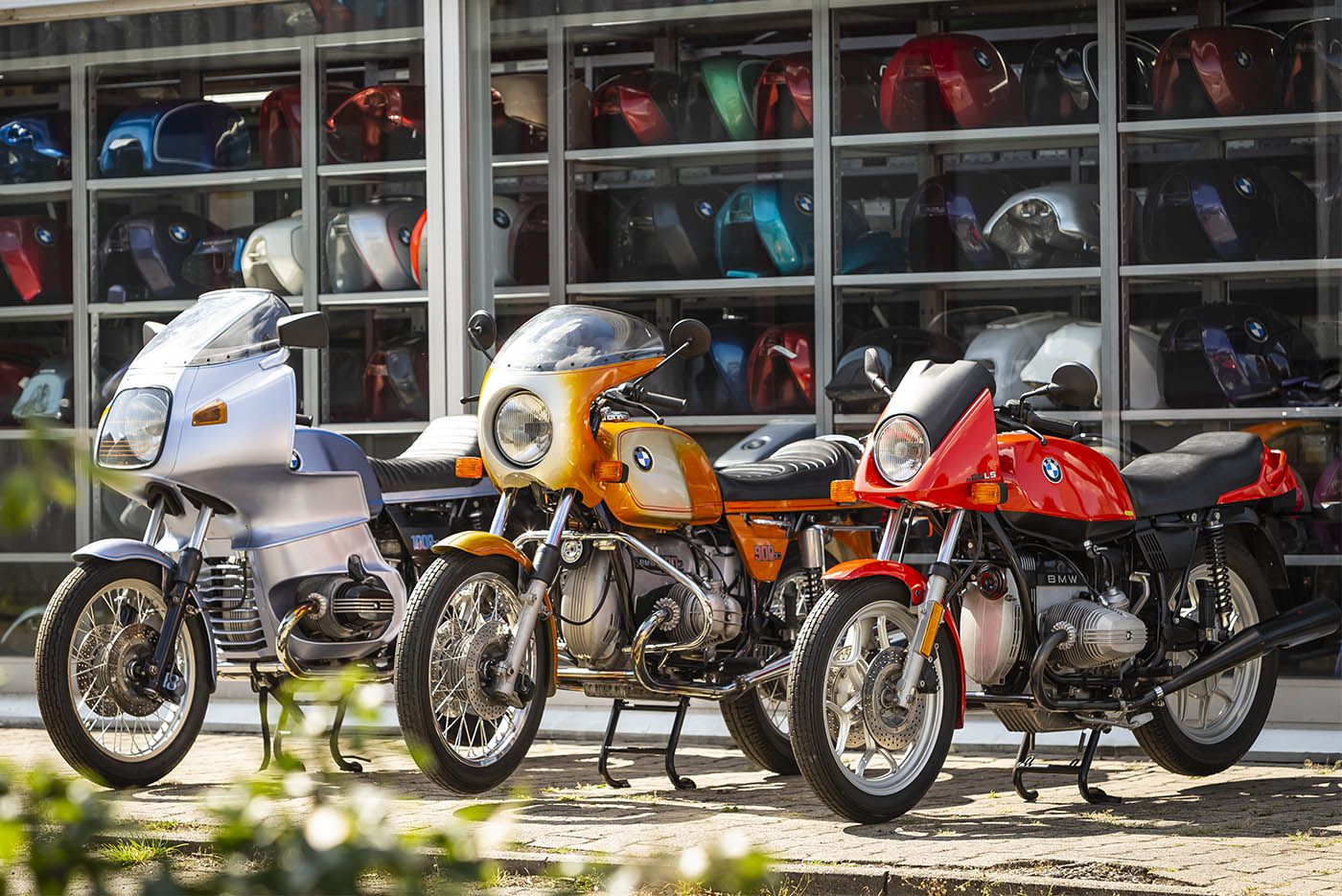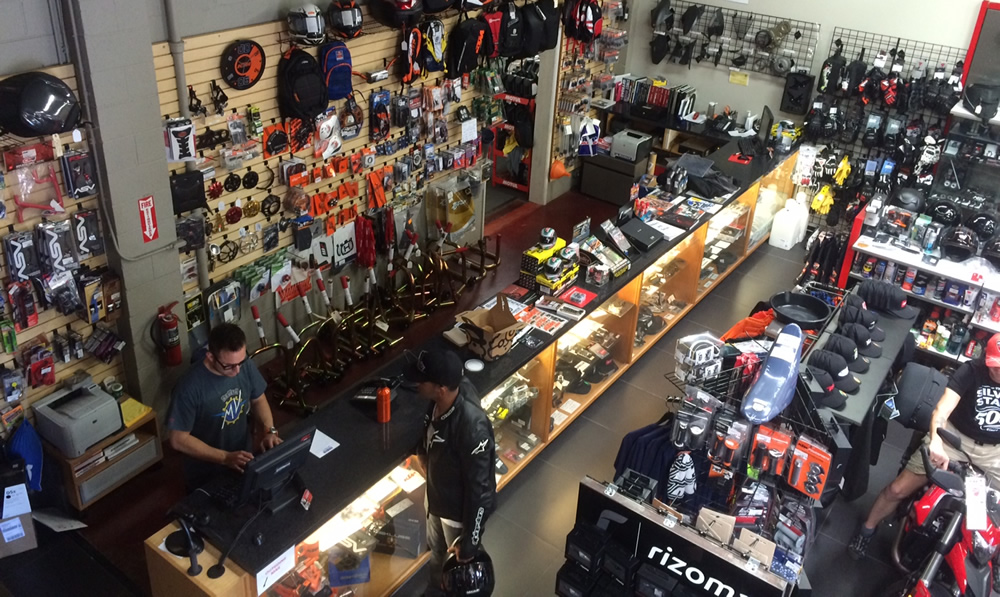Check Out Our Motorcycle Shop for Professional Guidance and High Quality Products
Check Out Our Motorcycle Shop for Professional Guidance and High Quality Products
Blog Article
Understanding the Essential Parts of a Motorbike: A Comprehensive Overview for Fanatics
For motorcycle fanatics seeking to elevate their riding experience and guarantee their bikes run smoothly, recognizing the crucial components of a bike is vital. Each element, from the engine's detailed functions to the crucial role of the stopping devices, not just impacts performance but likewise safety and comfort. This guide will go through the essential components that every motorcyclist need to be acquainted with, enabling educated choices in both upkeep and potential upgrades. As we begin this exploration, one must ask: exactly how does each element interact to develop the seamless adventure every enthusiast seeks?
Engine Components

The camshaft plays a crucial role in managing the timing of the engine's shutoffs, ensuring the accurate opening and closing needed for efficient gas and air consumption, as well as exhaust expulsion. This timing is essential to maintaining optimum engine efficiency and efficiency. Furthermore, the carburetor or gas injection system, relying on the motorbike design, is accountable for blending air with fuel in the appropriate proportion for combustion.
The air conditioning system, either air or liquid-based, functions to keep the engine's temperature within operational limits, avoiding overheating and ensuring longevity - mx parts nz. Each part, diligently made and integrated, adds to the smooth operation of the engine, specifying the motorcycle's power result and general performance
Transmission System
Essential to the motorbike's functionality, the transmission system ensures effective power transfer from the engine to the wheels. This system consists of several critical parts, including the clutch, gearbox, and final drive, each playing an essential role in converting the engine's power into motion. The clutch, normally run by a hand bar, offers to disengage the engine and involve from the transmission, enabling for smooth equipment changes and controlled acceleration.
The transmission, often referred to as the transmission correct, consists of a set of equipments that cyclists can manually move via to adjust the bike's speed and torque output. These gears are prepared in a sequence that enables the bike to increase efficiently and keep ideal engine efficiency throughout numerous speeds. Most motorbikes make use of a sequential gearbox, needing the motorcyclist to move gears in a fixed order.
Braking Systems
While understanding the transmission system is vital to taking advantage of a motorcycle's power, equally vital is the capacity to control and quit that power successfully, which is where braking mechanisms enter into play. Brakes are vital for safety and performance, offering the biker with the required control to browse numerous terrains and problems. Usually, bikes include 2 sorts of stopping systems: disc brakes and drum brakes.
Disc brakes are more prevalent in modern motorbikes due to their exceptional performance. They consist of a brake disc, caliper, and pads. When triggered, the caliper squeezes the brake pads against the rotating disc, converting kinetic energy right into warm, therefore reducing the wheel. This system uses much better warmth dissipation, consistent efficiency, and boosted quiting power, specifically in wet problems.
Conversely, drum brakes, though much less usual, are still found in some motorcycles. They function by pressing brake shoes versus the internal surface area of a drum affixed to the wheel. While normally less effective in warm dissipation and quiting power, drum brakes are less complex and extra affordable.
Recognizing these braking systems' subtleties allows cyclists to maintain their motorcycles appropriately and value the engineering that makes certain effective and safe quiting.
Suspension and Guiding
Suspension and steering systems are essential elements that dramatically influence a motorcycle's handling and adventure convenience. The shock absorber, containing forks at the front and shock absorbers click here to find out more at the back, soaks up roadway irregularities, boosting stability and control. Front forks, typically telescopic or inverted, compress and rebound to mitigate influences, while back shock absorbers preserve tire call with the roadway, crucial for grip and security.
Guiding, centered around the handlebars, connects the rider to the motorbike's directional control. The guiding head bearings make certain smooth my company procedure, permitting precise Look At This maneuverability. Proper placement and upkeep of these bearings are vital for predictable steering reaction and decreasing rider tiredness.
The suspension's adjustability is another critical facet; preload, damping, and rebound settings enable customization to match different riding styles and conditions. This flexibility is vital for maximizing efficiency, whether navigating urban roads or tackling tough routes. Advancements like electronic shock absorber provide real-time adjustments, enhancing adventure quality across varied terrains.

Electric Equipments
After ensuring a controlled and smooth adventure with effective suspension and guiding systems, attention transforms to the electric systems, a crucial aspect of contemporary motorbikes. These systems play an important role not only in starting the engine yet likewise in powering different parts that improve the capability and security of the motorbike.
At the heart of a bike's electric system is the battery, which stores electric power necessary for starting the engine and powering supporting systems - mx parts nz. The alternator or generator, coupled with the rectifier-regulator, ensures the battery stays charged while the motorcycle is in procedure, transforming power right into electrical energy and keeping voltage degrees
The ignition system, another important element, is accountable for stiring up the air-fuel combination in the engine's cyndrical tubes. Modern motorcycles commonly utilize an electronic ignition system, offering better effectiveness and reliability contrasted to traditional systems.
Illumination systems, including fronts lights, tail lights, and indications, are likewise vital, guaranteeing exposure and safety for the rider. Additional digital elements such as sensing units, control systems, and shows contribute to advanced features like fuel injection monitoring, anti-lock braking systems (ABDOMINAL), and electronic dashboards, additionally boosting the riding experience.
Conclusion
A detailed comprehension of a motorbike's essential parts, consisting of the engine, transmission system, braking devices, suspension, guiding, and electrical systems, is crucial for fanatics aiming to enhance efficiency, safety and security, and convenience. Proficiency of these aspects enables educated decisions pertaining to upkeep and upgrades, ultimately enhancing the riding experience. By integrating this understanding, riders can guarantee their motorcycles operate at peak effectiveness and integrity, thus maximizing both pleasure and longevity of their lorries.
For motorbike lovers looking to elevate their riding experience and guarantee their bikes run smoothly, recognizing the important parts of a motorcycle is extremely important.Indispensable to the motorcycle's functionality, the transmission system makes certain reliable power transfer from the engine to the wheels.While recognizing the transmission system is key to taking advantage of a motorcycle's power, equally crucial is the capability to regulate and stop that power successfully, which is where stopping devices come into play. Typically, motorbikes feature 2 types of stopping systems: disc brakes and drum brakes.
An extensive understanding of a bike's necessary elements, consisting of the engine, transmission system, braking systems, suspension, steering, and electrical systems, is vital for lovers intending to optimize performance, comfort, and security.
Report this page